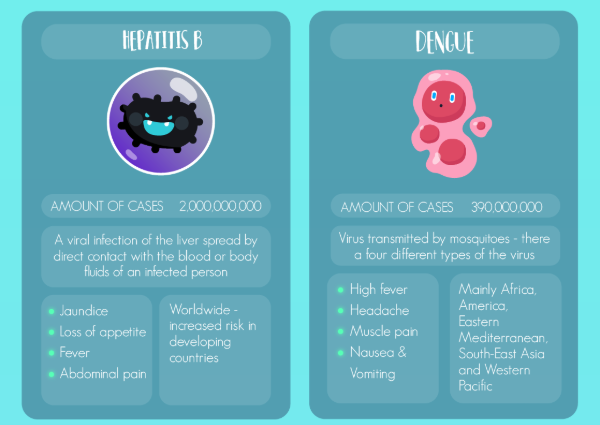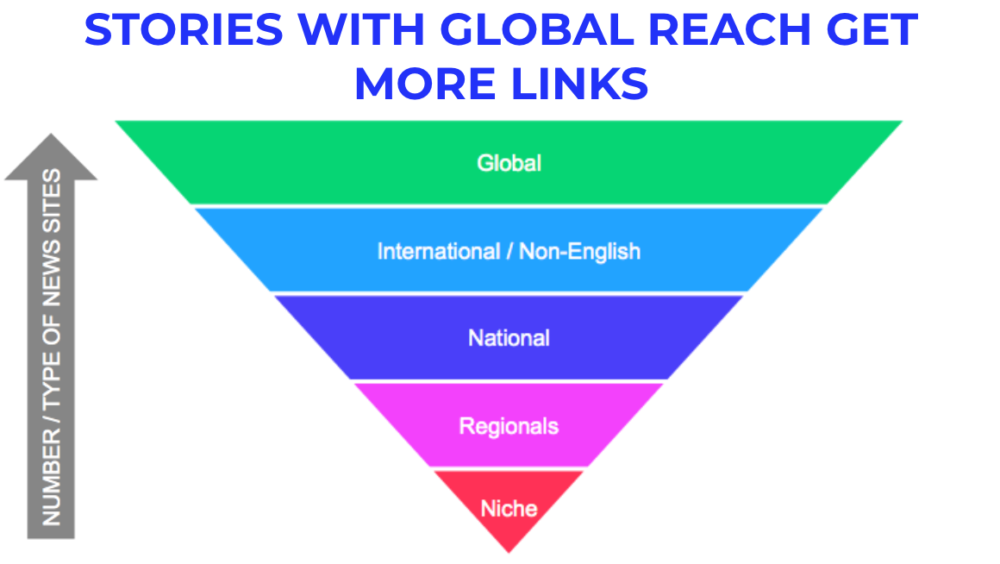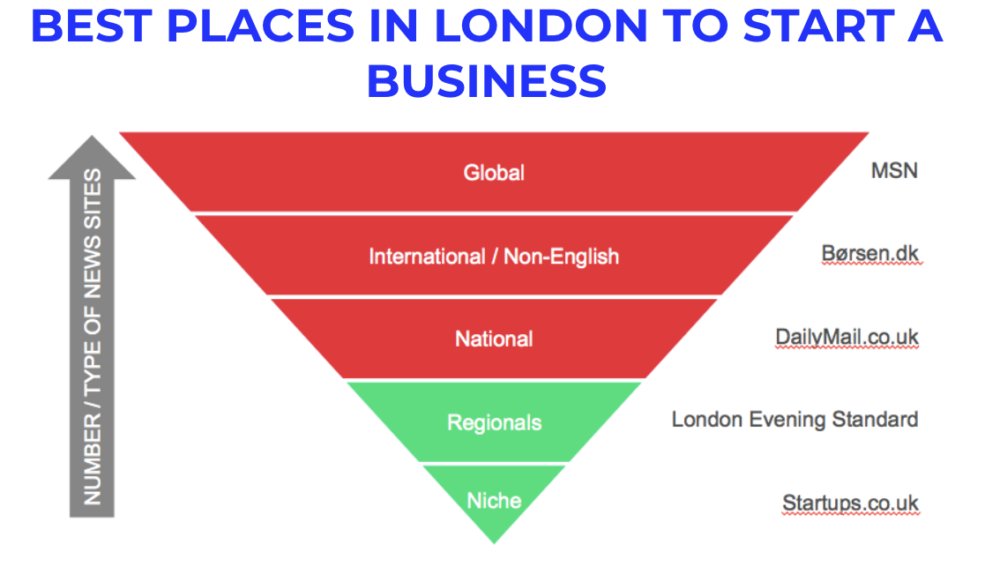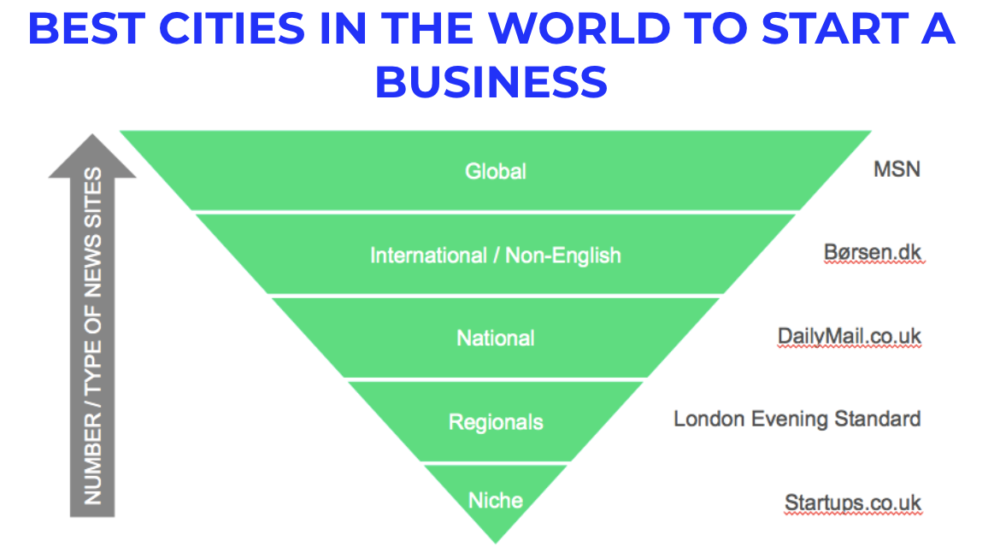content-marketing
What To Include In Your Content Strategy For 2019
Published: 26/02/19 - Updated: 25/06/24

Now it’s probably safe to say that we’re settled nicely into the New Year, so it’s time to turn your focus onto achieving your 2019 content marketing goals. With trends ever evolving and technology ever improving, it can be hard to know where to lay your focus for the year. However, there are a number of aspects of your content strategy to consider which can help you hit those KPIs and achieve the goals of your brand or clients’ brands.
1. Content Made To Be Repurposed
This may be a piece of advice you’ve heard many a time before, but evergreen content is much more valuable to you then content with a limited time frame for outreach. Content that can be repurposed over and over to fit into key points of the year will inevitably bring in more coverage, and ultimately follow links, because the multiple hooks will open up the story to be outreached time and time again. Within this strategy you should also consider link reclamation. While this doesn’t always produce great results, converting a few pieces of coverage to links can really help you achieve your goals and KPIs in the long run.
A great example of this is a piece we did for our client, GetGoing Travel Insurance, around Global Travel Bugs. While the piece may seem like it lends itself to summer, the nature of the graphic discussing travel bugs around the globe means that it has the ability to pick up links around all key holiday and booking times, which we’ve found to be most of the year. As a result, the piece has gained 41 pieces of coverage and 22 follow links in total (so far).

2. Go Global
No matter your brand, creating content pieces that are relevant and appeal to a global audience will open up the opportunity for you to land far more coverage. A common concern here is:
If your brand is purely focused on the UK market, for example, then surely the stories you’re sharing are less applicable to other territories, and surely the links are worth less?
This is not the case; Google does not discriminate between backlinks from different countries – a German site with a great domain authority is still worth more than a UK site with a low one.
This can be more clearly explained below, borrowing some slides from a talk our CEO, Pete Campbell, gave at SEODay in January 2019:

So, if you do a really regionalised story like the below, you’re limiting yourself to niche and regional sites:

But by opening up the story from a purely UK niche to global, the levels of publication you can push your story out to increase considerably.

In order to produce the hugely successful pieces of content that we all aim for, global coverage is a key factor to consider in your next ideation.
3. Choose The Right Format For The Right Campaign
In the pursuit of keeping up with the times, it can be tempting to throw everything you’ve got at producing a piece of content in line with the latest trend. However, if results are your focus then this may not be the smartest strategy. Before you jump into a VR-led campaign, or start working on an ambitious AI project, it’s important to assess what you’re trying to achieve.
For different industries, and different campaigns, there will be some variety in which format performs best from a link building perspective. If you’re searching for proof of this, then look no further than our whitepaper analysing content in the travel industry. While video remains popular, with 86% of digital marketers including them their strategy, within the travel space this format was actually found to be the second most effective behind interactive content. On average, interactive tools resulted in 17.5 referring domains and 4,136 social shares, compared to videos, which drove 7.4 referring domains and 1,221.5 social shares on average. While the results for video here are by no means bad, interactive tools are a cheaper option to produce better results (for the purpose of link building, at least). My goal here isn’t to deter you from trying a new format out, but rather to encourage you to save these new formats for the right campaign – the format should enhance the user’s experience, if it’s just a gimmick then you need to ask if it’s worth it.
4. Optimise Your Content For Voice Search
With 1 in 5 Google searches currently being made via voice search, and that number only set to rise, the rise of voice search is coming whether we like it or not. But what does that mean for SEO? Well, as those 1 in 5 who make these searches will know, when you make a voice search Google will read out the featured snippet response to answer your question. This means being in position zero is more important than ever.
When creating onsite content, it will become key to identify long-tail questions with voice intent and create in-depth, mobile friendly guides that answer these questions clearly and concisely. For anyone looking for a little more detail on just how to do this, you can check out our CEO Pete’s slides on the topic below:
[slideshare id=76202490&doc=smx2017-petecampbell-optimisingcontentforvoicesearchvirtualassistantsv2-170522093936]
5. Utilise Tactical PR Opportunities
Beyond just the initial outreach of content campaigns you’ve created, working tactical and proactive PR into your content marketing strategy can pay off in dividends. Repurposing past campaigns to re-outreach, as well as looking at other blog content you, or your client, has created can result in a great increase in coverage and follow links – and who doesn’t want that?
Beyond this, keeping an eye on any relevant news stories to comment on and any incoming journalist requests on Twitter, or by using a service like Journo Request, can open the doors to land coverage you may not have had a shot at otherwise. Providing responses to journalists to help them add authority to an article they’re writing is a great way to land some extra coverage, or even additional links on past campaigns where relevant. As a bonus, we’ve found in the past that, as you’re providing journalists information they’ve specifically requested and helping them out, they tend to be particularly willing to link off the back of a journalist request.
6. Content Planning Is Key
Mapping content around upcoming hooks can be a handy way to plan the outreach of your campaign, but it’s equally as important not to pivot an entire campaign around one day. In 2019, take the time to properly plan your outreach strategy around hooks you can utilise – for example a piece focused on film could be great to outreach at multiple times of the year, through award season and major new releases in the year. To help with this, creating a calendar for the year of big releases, obscure days and national holidays can open up brand new opportunities to continuously build links. I’ve written a whole separate blog post on this topic, in case you want to find out more about content planning here.
So what do we need to be considering for this year, then? Creating evergreen, global content that allows us to repurpose and re-outreach, and utilising tactical and proactive PR opportunities to do this, as well as taking the time to consider and balance the best format for the content we create. In the meantime, onsite, we need to be making steps to optimise content for voice search as it continues to grow.
Sources:
https://www.renderforest.com/blog/video-marketing-statistics
https://econsultancy.com/the-future-of-voice-search-2020-and-beyond/

